In a New Light Gallery to host student film premier from Panama expedition
Northwest Passage Expeditions, Northwest Passage’s newest therapeutic program for students ages 18-24, has spent the past month on a filmmaking expedition in Panama. Mentored by Sachi Cunningham, a renowned San Fransisco-based documentary filmmaker and photographer, the students created a series of short documentary films about “Blue Mind,” the emotional and psychological benefits of being in or near water. The students will show will their films and talk about their experiences at the In a New Light Gallery in Webster on Wednesday, August 16 from 3:30–5:30 pm. The event is free and open to the public.
“The students have accomplished something extraordinary” said Ben Thwaits, coordinator of the program. “Not only have they mastered advanced skills as documentary filmmakers in less than a month, but they’ve also integrated themselves within new community and a new culture to find some truly fascinating people and stories. Their films are powerful and moving, and they’re expressing new and important ideas. The experience is transformative on so many levels.”
After a 10-day orientation in Wisconsin, the students spent nearly a month based on Panama’s Azuero Peninsula, where they explored the region to spend time with people’s whose lives are centered on the water, from local fisherman to champion surfing celebrities. With each, they explored the nature of their connection to the water. While the expedition focused on filmmaking, the students’ therapeutic experience was the primary objective. “Adventure is inherently therapeutic” says Thwaits. “Sometimes you have to remove yourself from the life you know in order to more clearly see the life that is waiting for you.”
The expedition to Panama was funded in part by the generous contribution of Darby and Geri Nelson.
About Northwest Passage
With locations in the northwestern Wisconsin communities of Frederic and Webster, Northwest Passage offers comprehensive residential mental health services to young people, with the aim of restoring dignity, emotional wholeness, and a sense of self worth. Northwest Passage Expeditions is a new adventure-based program that partners world-class explorers, artists, and scientists with mental health professionals to lead therapeutic expeditions around the world for 18-24-year-olds. www.northwestpassageexpeditions.org
About Sachi Cunningham, Panama filmmaking teacher
As a documentary filmmaker, Cunningham’s stories have screened at festivals worldwide, and on outlets including the New York Times, the Los Angeles Times, PBS FRONTLINE, FRONTLINE/World and the Discovery Channel. The Emmys, Webbys, and Pictures of the Year International have honored Cunningham’s work. A graduate of UC Berkeley’s Graduate School of Journalism and Brown University, Cunningham’s documentaries focus on international conflict, the arts, disability, and the ocean environment. On land she has turned her lens everywhere from the first presidential election in Afghanistan, to the oil spill in the Gulf of Mexico. In the water, she has swum with her camera along side everything from 350-pound blue fin tuna to big wave surfers, to Olympian, Michael Phelps. Once an assistant to actress Demi Moore and Director/Producer/Writer Barry Levinson, Cunningham brings a decade of experience in feature films and commercial productions in New York, Hollywood and Tokyo to her career in journalism and filmmaking.



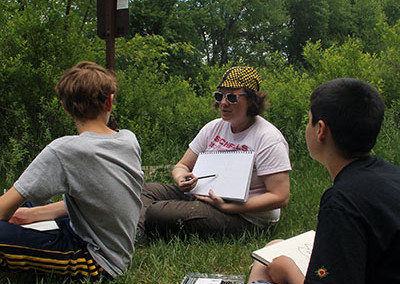
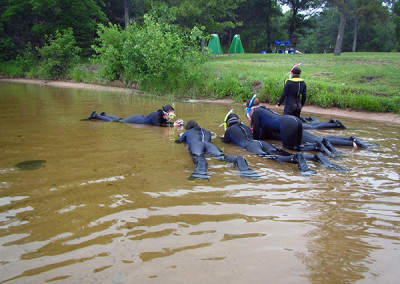
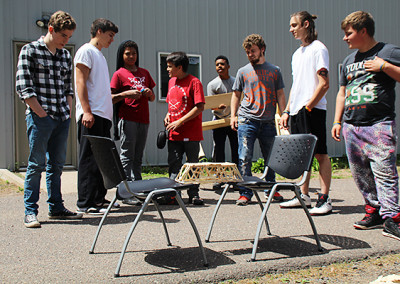
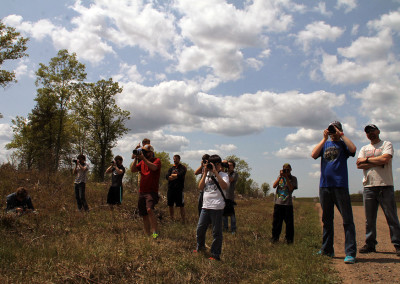
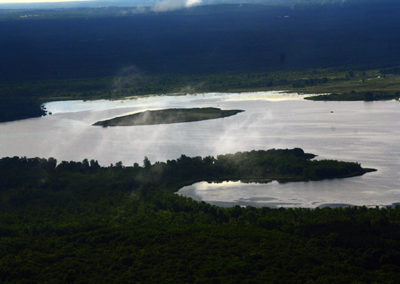
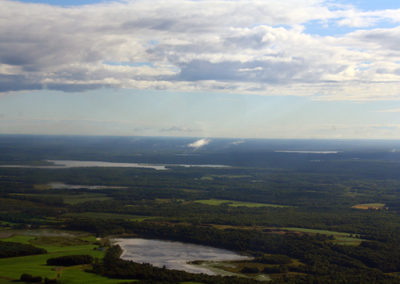
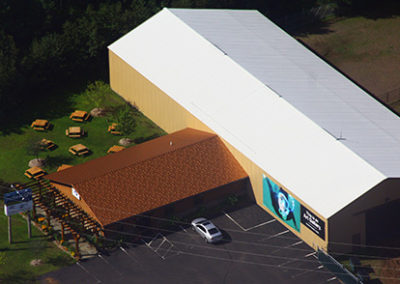
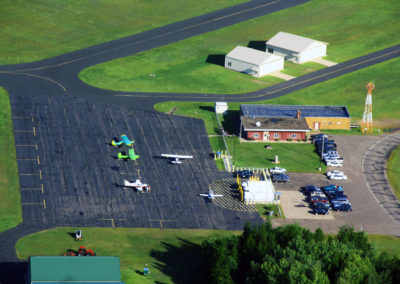
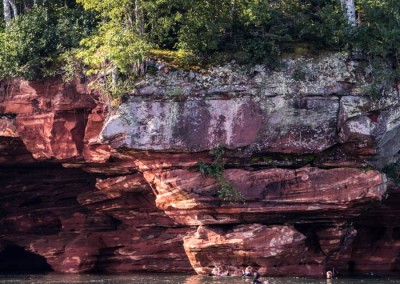
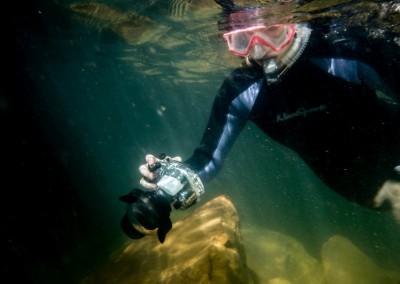
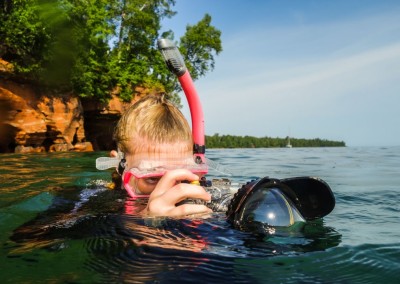
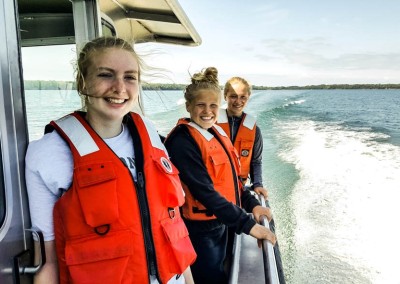

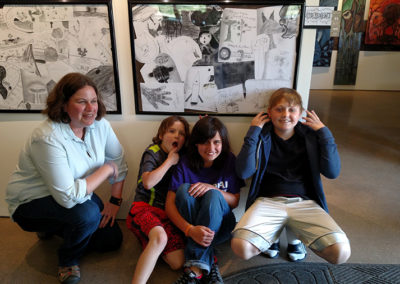
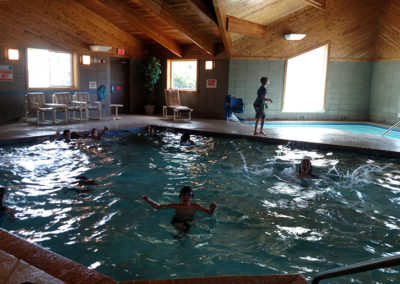
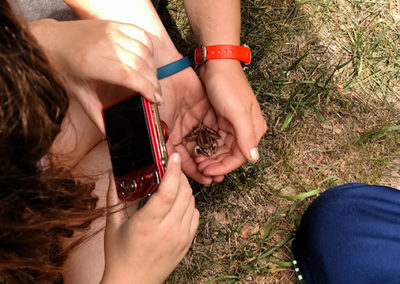
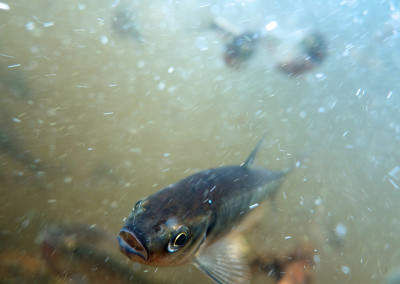
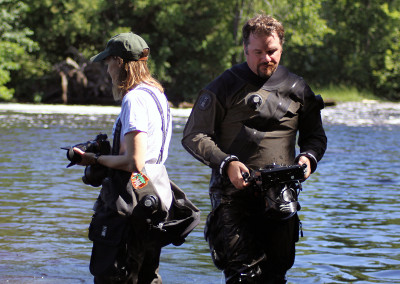
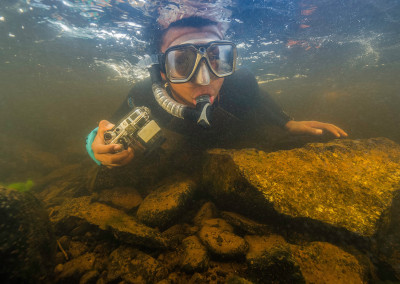
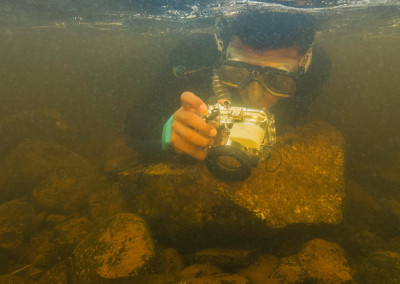


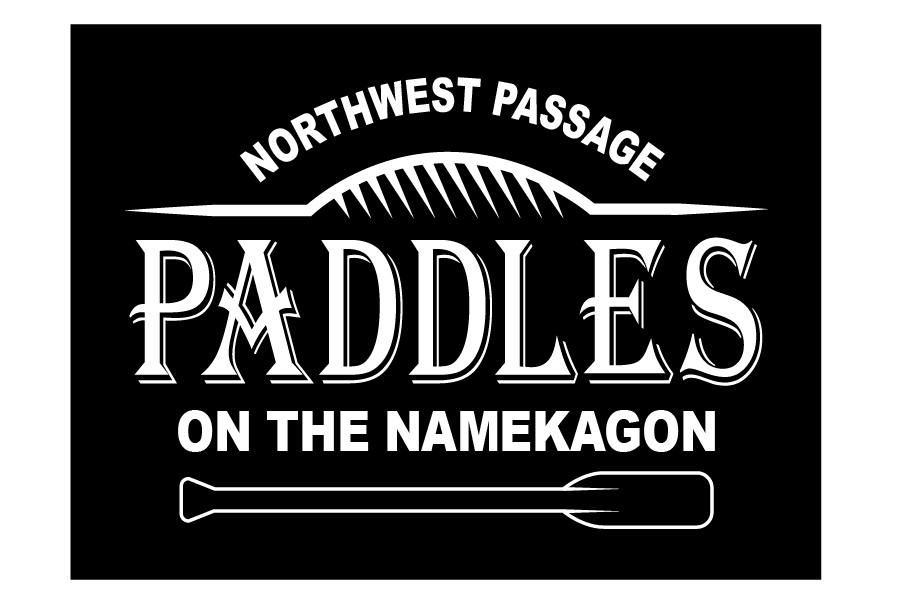
Recent Comments